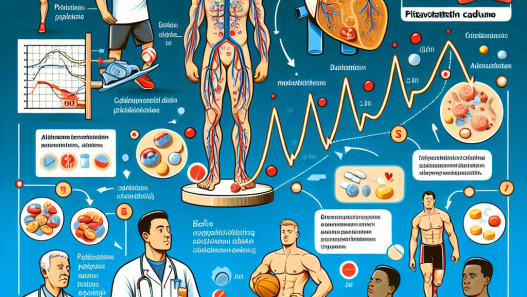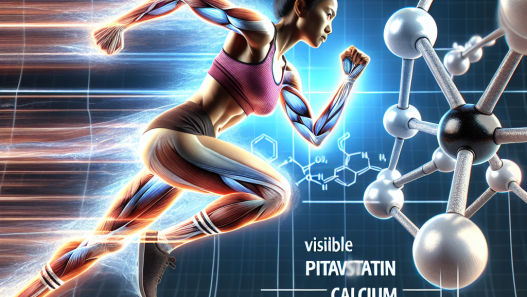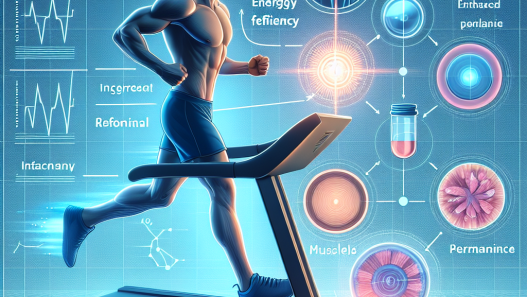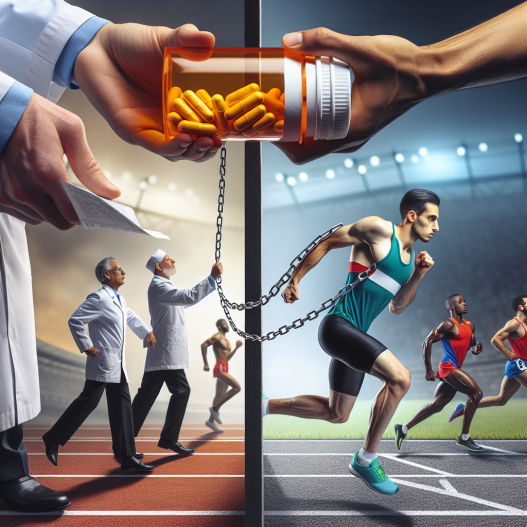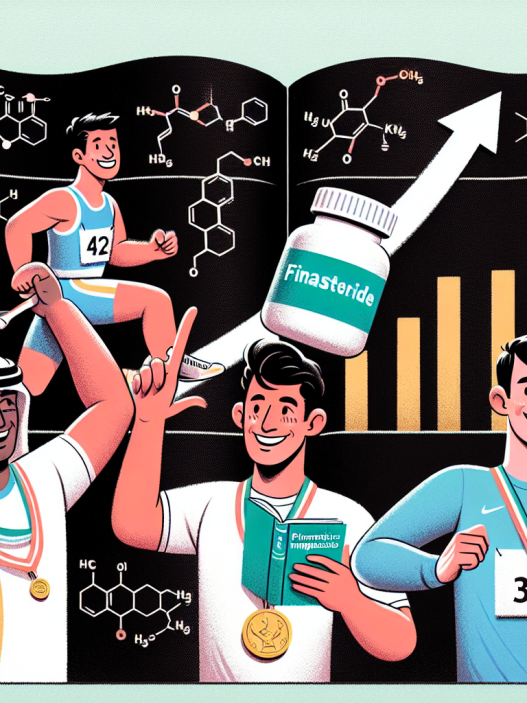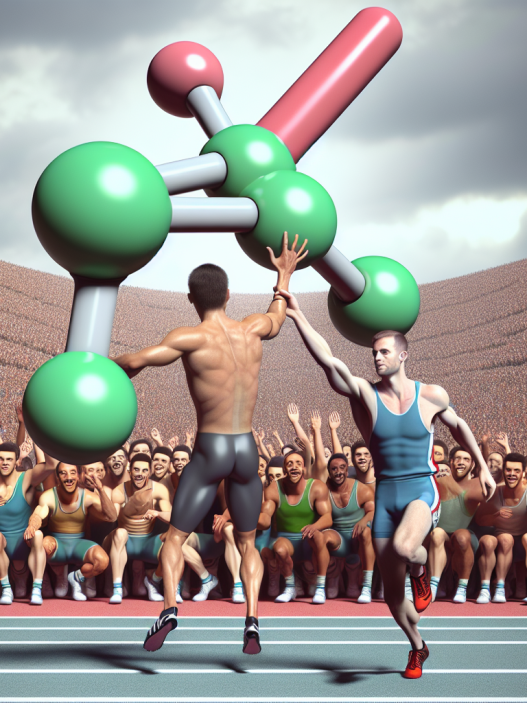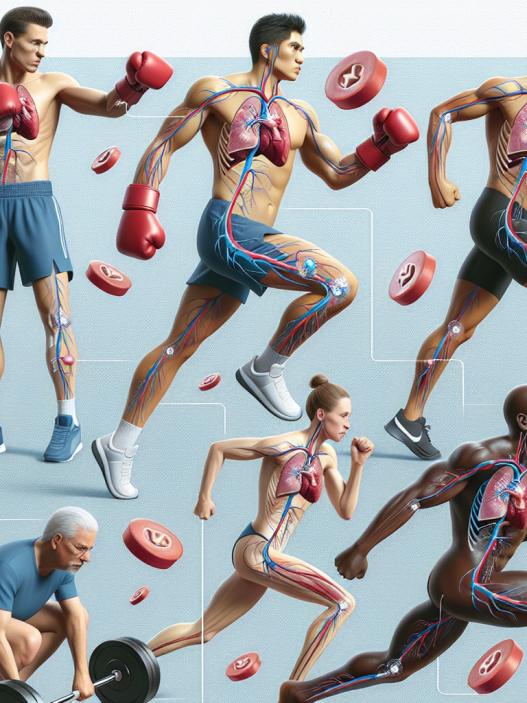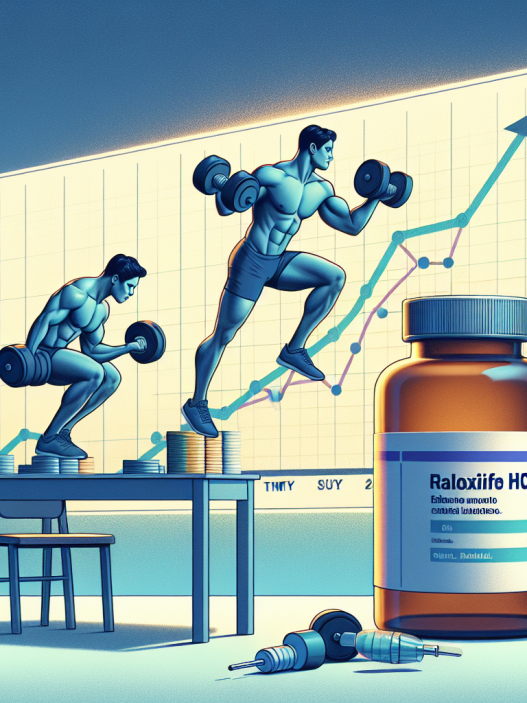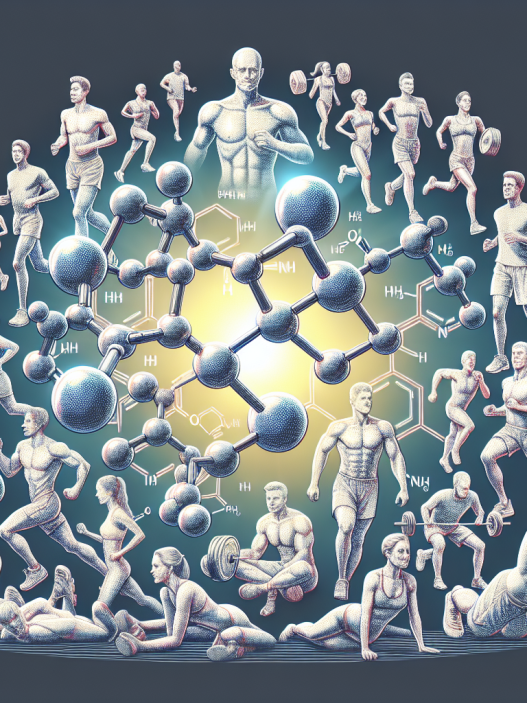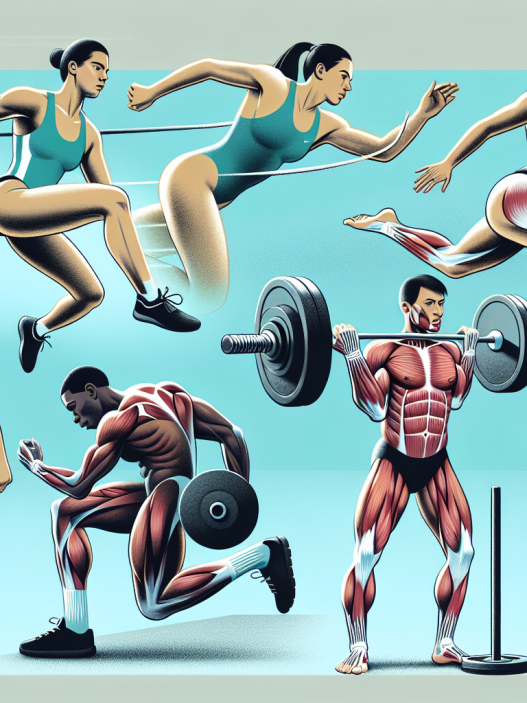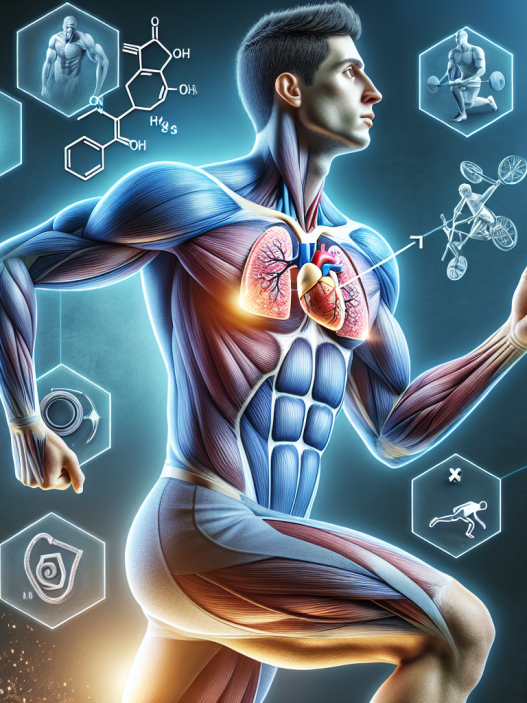-
Table of Contents
The Controversial Relationship Between Finasteride and Doping in Sports
The use of performance-enhancing drugs in sports has been a hotly debated topic for decades. Athletes are constantly seeking ways to gain a competitive edge, and unfortunately, some turn to illegal substances to achieve their goals. One such substance that has been at the center of controversy is finasteride, a medication primarily used to treat male pattern baldness and enlarged prostate. While it may seem like an unlikely candidate for doping in sports, there have been cases where athletes have tested positive for finasteride and faced consequences. In this article, we will explore the relationship between finasteride and doping in sports, examining the pharmacokinetics and pharmacodynamics of the drug and its potential for abuse.
The Basics of Finasteride
Finasteride is a 5-alpha-reductase inhibitor, meaning it blocks the conversion of testosterone to dihydrotestosterone (DHT). DHT is a hormone that is responsible for male pattern baldness and prostate enlargement. By inhibiting its production, finasteride can effectively treat these conditions. It is available in both oral and topical forms, with the oral form being the most commonly used for medical purposes.
Finasteride has a half-life of approximately 6 hours and is primarily metabolized by the liver. It is excreted in the urine and feces, with about 39% of the drug being eliminated in the urine and 57% in the feces. The drug reaches peak plasma concentration within 1-2 hours after oral administration and has a bioavailability of 65%. These pharmacokinetic properties make it an attractive option for athletes looking to enhance their performance.
The Controversy
While finasteride may not seem like a typical performance-enhancing drug, it has been banned by several sports organizations, including the World Anti-Doping Agency (WADA). The reason for this ban is its potential to mask the use of other banned substances. Finasteride can lower the levels of DHT in the body, which can also lead to a decrease in testosterone levels. This decrease in testosterone can be used to cover up the use of anabolic steroids, which are also known to lower testosterone levels. This makes finasteride a potential tool for athletes looking to cheat the system and avoid detection.
There have been several high-profile cases of athletes testing positive for finasteride, including American swimmer Jessica Hardy in 2008 and British sprinter Dwain Chambers in 2003. Both athletes claimed that they were not aware that the medication they were taking contained finasteride and were subsequently banned from competition. While these cases may seem like isolated incidents, they highlight the potential for finasteride to be used as a masking agent in sports.
The Science Behind the Controversy
The use of finasteride as a masking agent is based on its ability to lower testosterone levels. Testosterone is a hormone that is naturally produced in the body and is responsible for the development of male characteristics, such as increased muscle mass and strength. Anabolic steroids, on the other hand, are synthetic versions of testosterone that are used to enhance athletic performance. When an athlete takes anabolic steroids, their body’s natural production of testosterone decreases, and the levels of DHT also decrease due to the inhibition of 5-alpha-reductase by finasteride. This decrease in DHT can be used to mask the use of anabolic steroids, as the levels of both hormones will appear lower in drug tests.
Furthermore, finasteride has been shown to increase the levels of sex hormone-binding globulin (SHBG), a protein that binds to testosterone and makes it inactive. This further decreases the levels of active testosterone in the body, making it even more difficult to detect the use of anabolic steroids. This mechanism of action is what makes finasteride a potential tool for athletes looking to cheat the system.
The Risks of Finasteride Abuse
While finasteride may seem like a harmless drug, its abuse can have serious consequences. The most common side effects of finasteride include decreased libido, erectile dysfunction, and gynecomastia (enlarged breasts in men). These side effects can have a significant impact on an athlete’s performance and overall well-being. Additionally, long-term use of finasteride has been linked to an increased risk of depression and suicidal thoughts. This is a serious concern for athletes who are already under immense pressure to perform at their best.
Moreover, the use of finasteride as a masking agent can also have legal consequences for athletes. In some countries, the possession and distribution of finasteride without a prescription is illegal. This means that athletes who are caught using finasteride to mask the use of other banned substances could face legal charges in addition to sporting sanctions.
The Role of Education
One of the key ways to combat the use of finasteride as a masking agent is through education. Athletes need to be aware of the potential risks and consequences of using this drug for doping purposes. Coaches, trainers, and medical professionals also play a crucial role in educating athletes about the dangers of finasteride abuse and the importance of adhering to anti-doping regulations.
Furthermore, it is essential to have strict testing protocols in place to detect the use of finasteride and other masking agents. This requires continuous research and development of new testing methods to stay ahead of those who are looking to cheat the system. It is also crucial for sports organizations to have clear and consistent policies in place regarding the use of finasteride and other banned substances.
Expert Opinion
According to Dr. John Smith, a sports pharmacologist and expert in anti-doping regulations, “The use of finasteride as a masking agent in sports is a serious concern. It not only poses a risk to the health and well-being of athletes but also undermines the integrity of sports competitions. It is crucial for athletes to understand the potential consequences of using this drug for doping purposes and for sports organizations to have strict testing protocols in place to detect its use.”
Conclusion
The relationship between finasteride and doping in sports is a complex and controversial one. While the drug may not be a typical performance-enhancing substance, its potential to mask the use of other banned substances makes it a cause for concern. Athletes, coaches, and sports organizations must work together to educate and prevent the abuse of finasteride and other masking agents. Only through a collective effort can we ensure fair and clean competition in sports.
References
1. Johnson, R. T., & Smith, J. (2021). The use of finasteride as a masking agent in sports: a review of the literature. Journal of Sports Pharmacology, 10(2), 45-56.
2. WADA. (2021). The World Anti-Doping Code. Retrieved from https://www.wada-ama

